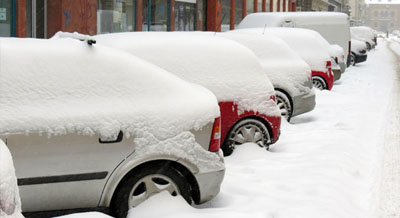The short days and messy weather of January are combining to keep people off the roads, lowering gasoline demand. But the price of oil rose as fears of a global economic recession eased.
The national average for a gallon of gas rose by five cents over the previous week to $3.32 as of Jan. 17.
“Gasoline demand is usually lackluster this time of year,” said Andrew Gross, AAA spokesperson, “and it likely won’t start to tick up until spring break draws near. So the primary factor in this latest increase is the higher cost of oil, which accounts for more than half of what you pay at the pump.”
According to data from the Energy Information Administration, gas demand barely budged over the same week, rising slightly from 7.51 million b/d to 7.56 b/d. Meanwhile, total domestic gasoline stocks rose from 222.7 million bbl to 226.8 million bbl. Flat gasoline demand and increased supply are contributing to limited pump price increases.
The Jan. 17 national average of $3.32 is 17 cents more than a month ago and a penny more than a year ago.
The nation’s top 10 largest weekly increases: Colorado (+32 cents), Georgia (+30 cents), Indiana (+17 cents), Nebraska (+13 cents), Wyoming (+12 cents), Illinois (+10 cents), New Mexico (+10 cents), Texas (+9 cents), Washington, D.C. (+7 cents) and Utah (+7 cents).
The nation’s top 10 most expensive markets: Hawaii ($4.98), California ($4.42), Washington ($4.00), Nevada ($3.94), Alaska ($3.71), Oregon ($3.68), Pennsylvania ($3.64), Washington, D.C. ($3.53), Illinois ($3.52) and New York ($3.44).
Source: AAA












